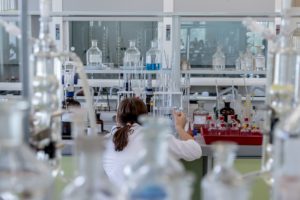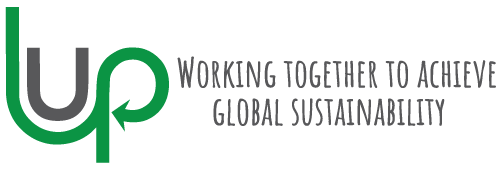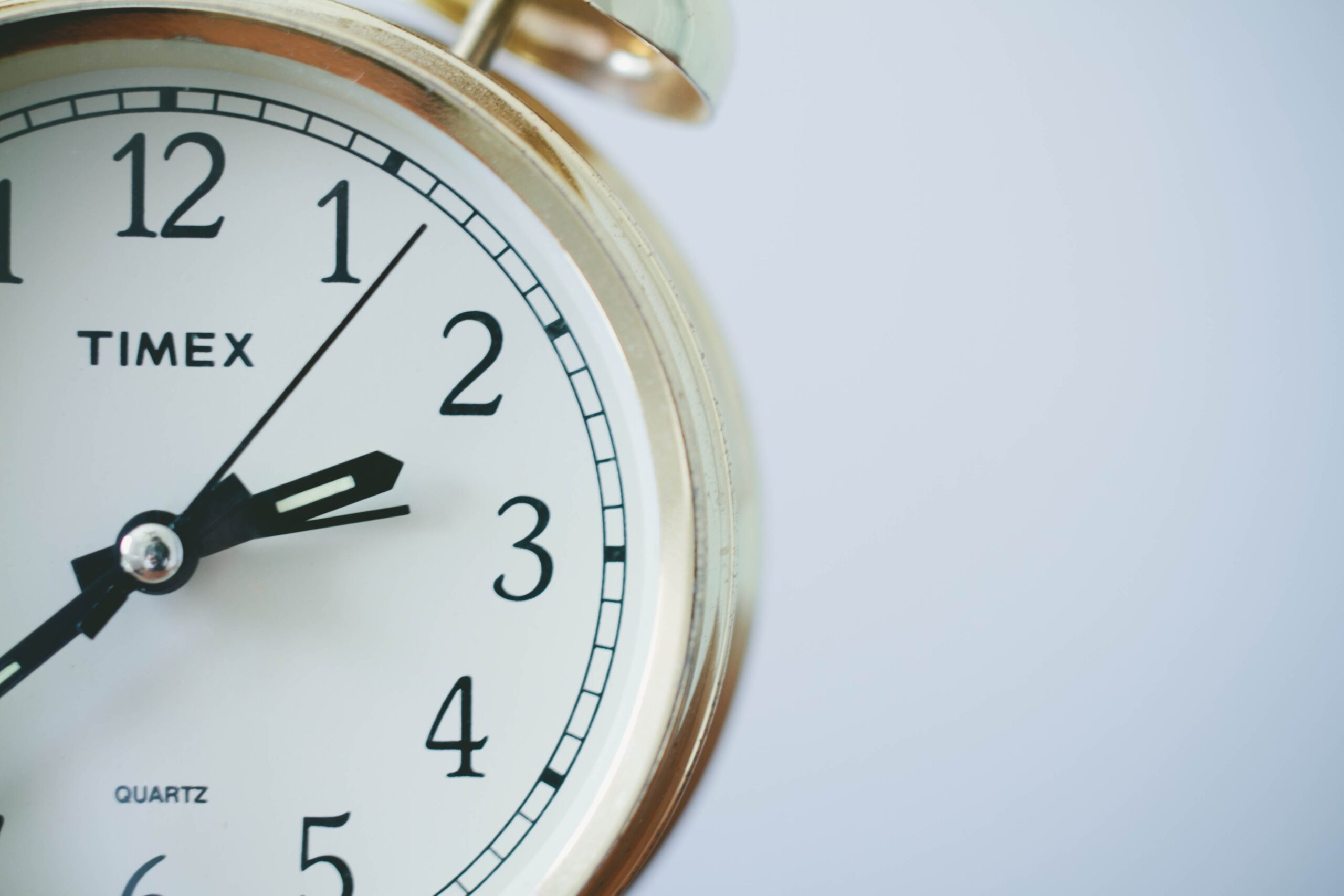Businesses are starting to wake up and realise there is need for innovative approaches to cost cutting through sustainable initiatives with less impact on our planet which is becoming increasingly critical. Especially for business seeking to reduce their environmental impact through a sustainable green approach at the same time as maintaining efficiencies.
It is only been since October last year when we completely changed our model from having active listings on our website for waste, to a move towards a more proactive, long-term strategic and sustainable model on focusing on asset life cycle management.
 For instance a hospital, government sector organisation or even large private companies may implement a 5 year depreciation cycle for some of their assets.
At the end of the 5 year term the assets are generally replaced and disposed despite the assets still being in perfectly good working condition.
This is due to numerous factors, however one predominantly being that conventional Capital Expenditure budget allocations are often reduced the following year if they are not utilised. It is unfortunate, but it is true. And it is true for many other businesses that for this single reason alone, equipment in good working condition is ending up in landfill.
For instance a hospital, government sector organisation or even large private companies may implement a 5 year depreciation cycle for some of their assets.
At the end of the 5 year term the assets are generally replaced and disposed despite the assets still being in perfectly good working condition.
This is due to numerous factors, however one predominantly being that conventional Capital Expenditure budget allocations are often reduced the following year if they are not utilised. It is unfortunate, but it is true. And it is true for many other businesses that for this single reason alone, equipment in good working condition is ending up in landfill.
Inconsistencies between utilization and depreciation of assets
In our initial focus category of laboratory equipment, we have found stark inconsistencies between how companies utilise and ultimately depreciate their assets. This does not just apply to lab equipment, but all assets in general. Using the example of the laboratory equipment category specifically, regulatory bodies in Australia, such as the Therapeutic Goods Administration (TGA), National Association of Testing Authorities (NATA), and the Australian Taxation Office (ATO), all have general guidelines around depreciation, but there is no standard or consistency for depreciation, often particularly within larger organisations themselves. For instance a hospital, government sector organisation or even large private companies may implement a 5 year depreciation cycle for some of their assets.
At the end of the 5 year term the assets are generally replaced and disposed despite the assets still being in perfectly good working condition.
This is due to numerous factors, however one predominantly being that conventional Capital Expenditure budget allocations are often reduced the following year if they are not utilised. It is unfortunate, but it is true. And it is true for many other businesses that for this single reason alone, equipment in good working condition is ending up in landfill.
For instance a hospital, government sector organisation or even large private companies may implement a 5 year depreciation cycle for some of their assets.
At the end of the 5 year term the assets are generally replaced and disposed despite the assets still being in perfectly good working condition.
This is due to numerous factors, however one predominantly being that conventional Capital Expenditure budget allocations are often reduced the following year if they are not utilised. It is unfortunate, but it is true. And it is true for many other businesses that for this single reason alone, equipment in good working condition is ending up in landfill.

